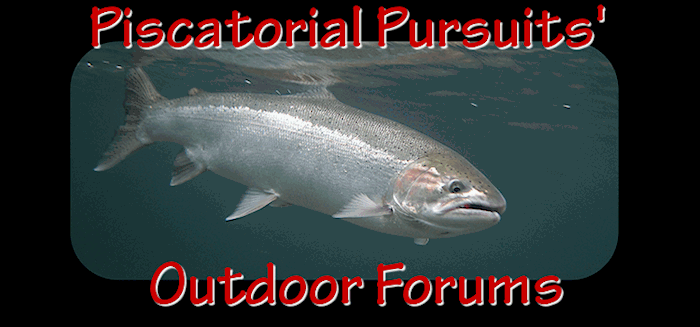Just to let you know that as of September of 2000 there were less than 30 channel cats of reproducing age in gissberg ponds. Which means there are fewer than that now due to people keeping them, and less fish coming of that age because a slow maturity rate due to the cold climate. Their introduction was a test to see if stocking channel cats through out the state would be productive enough for the state to spend the money on. Thatís why there were signs around the lake saying to release all catfish immediately. The state actually spent a large amount of money on this test site. All the original fish have electronic tags in their heads just like some hatchery salmon. There were only 40 fish put in and as of last September there were only 6 of those left. These fish were watched very closely, as the success of this lake and two others on the West Side was to determine if the cat-stocking project would go any further. In 96' we found that they had reproduced enough to make a transfer of the trout-stocking budget to the channel cat stocking budget would be worth the states time and effort. Then they removed the signs in 97' and let it be known that the catfish population was now self-sustaining. By the end of the summer of 98' the catfish population had been reduced from over 200 adults to about 15 fish due to people keeping every cat they caught. When that count was redone a month later to make sure it was correct the second crew of counters only came up with two more fish. After that, the funding was pulled and all talk of stocking channel cats in western Washington was abandoned. So if would like to keep catching cats in twin lakes, please release all of the cats over 16 inches because there will be no more state funded cat fish being put in. There needs to be at least 40 adults to keep the population going, and a cat doesnít reach breeding age until its 5 years old. Around here a 6 pound 20 inch channel cat is about 10 years old so you probably caught one of the original stocked fish. PLEASE donít keep the big ones.














 Previous Topic
Previous Topic Index
Index


